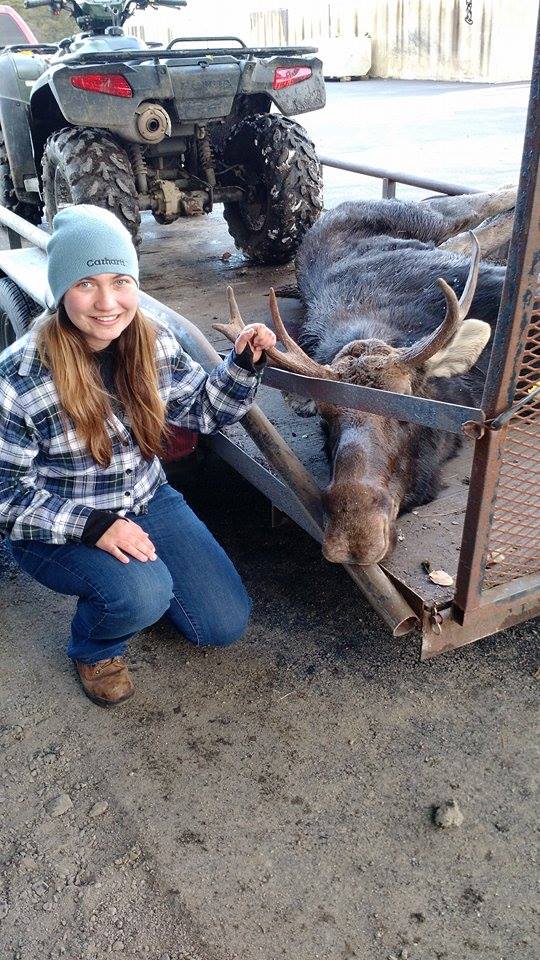On April 11th 2016, three Paul Smith’s students, along with Dr. Ross Conover, traveled down to Albany for the annual New York Chapter of The Wildlife Society Spring meeting. For two days The Wildlife Society members had the opportunity to listen and interact with multiple speakers whose employers ranged from NY Department of Environmental Conservation (DEC) and to U.S. Fish and Wildlife Service to undergraduate and graduate speakers. The scheduled presentations covered an array of topics on wildlife management and habitat restoration. From hellbender populations to moose in the Adirondacks, many different species were well represented at this meeting.
Students learned about the overall impact of PCBs on the wildlife that inhabit the Hudson River such as tree swallows, kingfishers, and sandpipers. Though the dredging of the Hudson River has only recently come to a halt, the toxins can still be found in the eggs of these different species of birds today. An emerging fungal disease has been affecting different species of snakes in multiple Eastern states. The disease causes snakes to have facial lesions and scabbing. It has not shown to be lethal, but research is still being conducted on this relatively new disease. Another hot topic was white nose syndrome. The well-known disease has wiped out huge amounts of little brown bats throughout the East and was recently confirmed in the Western State of Oregon. LPDV in wild turkey was also discussed. The disease can cause internal lesions and external tumors on wild turkeys. The disease is very prevalent within turkey populations, and research is still being conducted to determine how the disease is affecting the species. Paul Smith’s very own Grace Mayhew (Environmental Science, junior) presented the research that the Paul Smith’s E3 (Enhancing Ecological Education) S-STEM program is currently studying on bird-window collisions in the rural landscape of the northern Adirondacks. Other topics included bald eagle mortalities, new and old pesticides, and avian influenza.
Another topic of discussion was the proposal of a North Country Wildlife Rehabilitation and Research Center that would offer resources, training, education, and public outreach for those interested in wildlife rehabilitation. The facility would offer training for how to handle individuals with rabies and even victims of an oil spill. Many different diseases affecting wildlife were discussed as well.
Wildlife Society members also had the opportunity to mingle with students from SUNY ESF and Cobleskill. The overall experience of the trip was amazing. Bringing together so many people from different backgrounds within the wildlife community really opens your eyes to what is going on with wildlife around the world. It was an incredible opportunity to hear what is going on within the state to help current wildlife issues in addition to preventing new problems from arising.

Sarah LaLumiere is currently a freshman from Greenwood Lake, New York. Sarah is majoring in fisheries and wildlife science with a concentration in fisheries. She is an active member of The Wildlife Society and the secretary of Paul Smith’s Fisheries Society.

